Laparoscopic Surgery
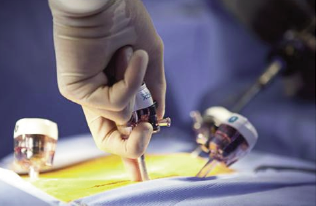
Laparoscopic surgery, also called minimally invasive surgery (MIS), bandaid surgery, or keyhole surgery, is a modern surgical technique in which operations are performed far from their location through small incisions (usually 0.5–1.0 cm).
There are a number of advantages to the patient with laparoscopic surgery versus the more common, open procedure. Pain and bleeding are reduced due to smaller incisions and recovery times are shorter. Almost no visible scars & no loss of work or activity. The key element in laparoscopic surgery is the use of a laparoscope, a long fiber optic cable system which allows viewing of the affected area by snaking the cable from a more distant, but more easily accessible location.
Gen. Surgery
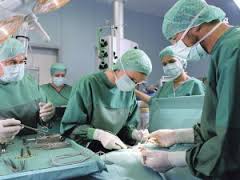
• All kind of Laparoscopic & Thoracoscopic surgeries.
• All kinds of simple, complicated & difficult open surgeries.
• Major laparotomies, cancer surgeries.
• Minimally invasive procedures & surgeries of all kind.
• All kinds of paediatrics, Geriatric & plastic surgeries.
Gynae & OBST
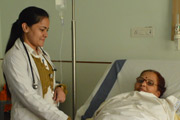
• All kinds of simple, complicated & high risk deliveries.
• Painless Delivery.
• Caesarian section with minimal scar & pain.
• Laparoscopic Gynae surgeries. (Oviarn, Ectopic & Lap Hysterectomy)
• Infertility services-diagnostic & therapautic-Laparoscopy & Hysteroscopy.
MATERNITY

Delivering a baby is such a “sweet sorrowâ€. When the baby finally arrives into our world safe and sound, all our anxieties melt away and we are engulfed by this little bundle of joy.
Having a baby is one of the most exciting events in life. Being on call 24 hours a day for a baby isn't always easy and some babies have a more difficult start to life than others.
Dr. Punj's Artemis Hospital has a suite for labour, delivery, recovery, and post partum with NICU and round the clock availability of doctors (team of obstetricians).
BARIATRIC SURGERY
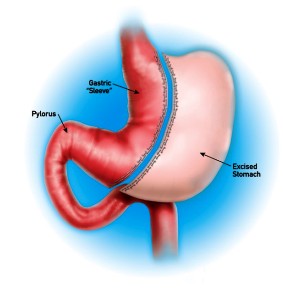
Bariatric surgical procedures cause weight loss by restricting the amount of food the stomach can hold, causing malabsorption of nutrients, or by a combination of both gastric restriction and malabsorption. Bariatric procedures also often cause hormonal changes. Most weight loss surgeries today are performed using minimally invasive techniques (laparoscopic surgery).
Gastric Bypass
The Roux-en-Y Gastric Bypass – often called gastric bypass – is considered the ‘gold standard’ of weight loss surgery and is the most commonly performed bariatric procedure worldwide.
Sleeve Gastrectomy
The Laparoscopic Sleeve Gastrectomy – often called the sleeve – is performed by removing approximately 80 percent of the stomach. The remaining stomach is a tubular pouch that resembles a banana.
Adjustable Gastric Band
The Adjustable Gastric Band – often called the band – involves an inflatable band that is placed around the upper portion of the stomach, creating a small stomach pouch above the band, and the rest of the stomach below the band.
FERTILITY
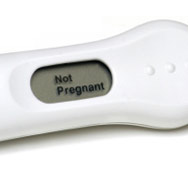
Given the intricate nature of the human reproductive system, it is not surprising that approximately one in six couples will not be able to conceive a child after trying for one year. For couples who want to have a child of their own, infertility is like a roller coaster ride of emotional highs and lows.
One important step in reducing the feelings of frustration and helplessness associated with infertility is to find the best medical care available. That's why hundreds of couples turn to Dr. Punj's Artemis Hospital for their treatment.
ERCP UPPER & LOWER GI ENDOSCOPY
ERCP UPPER & LOWER GI ENDOSCOPY

ERCP UPPER & LOWER GI ENDOSCOPY
Endoscopy is used to view the upper and lower gastrointestinal tract. There are four types of endoscopy that are used to diagnose or monitor some digestive problems:
Upper GI Endoscopy
A flexible tube equipped with a camera will be inserted through the mouth to examine the upper GI tract, which includes the esophagus, stomach and duodenum (first part of small intestine). The physician may take small pieces of tissue (called biopsy) to examine under a microscope. This procedure is also used for removal of foreign objects, dilations of strictures (abnormal narrowing) and for management of bleeding in the GI tract.
Colonoscopy (Lower GI Endoscopy)
The flexible tube with a camera is inserted through the anus to examine the large intestine (colon) and the end of the small intestine (terminal ileum). Biopsies may be collected to examine under a microscope. This procedure may also be used to remove polyps and to manage GI bleeding.
UROLOGY (TURP / PCNL / URS)
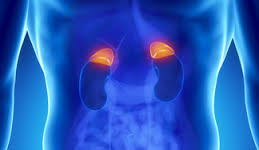
State of art urology setup for PCNL, URS, TURP, TURBT surgeries.
Open reconstructive & cancer surgery for kidney – ureter, bladder & prostate.
Almost all the disease of the urinary tract, stones etc. are treated without open surgery.
ENT
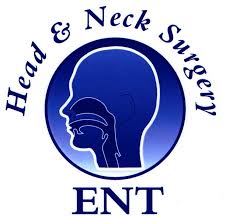
This is a specialty department that caters to ailments associated with ear, nose and throat. The department offers a full range of ENT services with a very high standard of care.
The ENT Operation theatre is equipped with the latest operating microscopes, endoscopes, carbon dioxide laser, etc. along with facilities for TV monitoring and video recording of surgical procedures.
Dr. Ravi Inder Marwaha

General Physician, Diabetologist & CArdiologist
SPECIALIST DOCTORS OPD

There are four operation theatres which doubles the actual requirement for this size of hospital. It helps us in keeping complication & infection rate to near zero with good sterlization time and rotation.
It is imperative that operation theatre (OT) is designed scientifically to ensure sterility, easy maintenance and effective utilization.
OT is that specialized facility of the hospital where life saving or life improving procedures are carried out on the human body by invasive or non invasive methods under strict aseptic conditions in a controlled environment by specially trained personnel to promote healing and cure with maximum safety, comfort and economy.